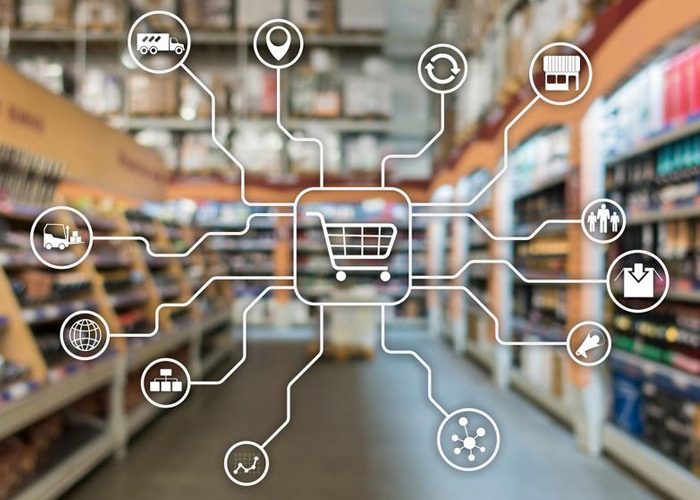
What Makes Indian Retail Stores Focus on the Hybrid Business Model?
The market of Indian retail stores is predicted to grow at 21% annually over the next 4 years
COVID-19 has affected Indian retail stores and has been a tremendous stimulant for expanding internet commerce in India during the last two years, even attracting new users from non-urban areas. Ecommerce platforms continue to outperform physical purchasing in terms of ease, lower pricing, accessibility, and variety of options.
According to a 2021 Global Payments research, the Indian eCommerce sector is predicted to grow at 21% annually over the next four years, boosted by an increase in digital adoption during the lockdowns. Retailers who haven’t made technical changes in the last two 1/2 years are falling behind, and the longer they wait to digitize, the further they fall behind.
Between 2020 and 2022, retailers operated at startup speed, rolling out new services to engage customers more effectively in what quickly became a digital-first world. The list of customer-facing innovations has been impressive to date, including buying online/pickup in-store, virtual styling, digital clienteling, live video commerce, real-time delivery, augmented and virtual reality shopping, and more.
Brands and retailers weren’t the only ones forced to accelerate their digital transformation. Customers too faced their own digital transformation, which altered the course for in-demand shopping expectations, preferences, and behaviors. And, 61% of customers report that they’re going to spend more time online after the pandemic than they did before.
Startups vs Legacy Brands
Legacy firms must combine their tech and IT and ultimately look at a more platform-as-a-business strategy to compete with their startup rivals, according to Anand Ramanathan, Partner, Customer and Marketing at Deloitte, who has spent five years with the firm.
He claims Lenskart beat out competition from established companies like Titan Eye because it could take data obtained online and apply it offline.
Hybrid Retailing Business Model
An online retailer raising the hackles of the traditional brick and mortar retailers; and few traditional retailers planning online forays is old hat.
Ultimately, what matters equally to customers is the ease of shopping besides getting the right product at the right prices. And that would prompt the dual existence of the traditional bricks and mortars retail outlets as well as the rapidly mushrooming online retailers across India.
We need not go into the various pros and cons of both modes of doing retail business: much has been written about it already. What is interesting is the emergence of an unexpected, relatively new trend – That of online stores going brick & mortar.
Many once online-only retailers are now rushing to open physical stores in an effort to tap into the customer who still doesn’t own an internet connection.
There are encouraging reasons behind this – even five years from now, roughly over 80% of the Indian market would still be offline. Adding to this is the Indian consumer psychology to feel fully satisfied only with the ‘touch & feel of the item being bought. For a few e-tailers, it’s even a drive to build up their brand.
All these factors are giving rise to a ‘hybrid model’ of retail in India, wherein both the brick & mortar and the online retailing platforms can complement each other handsomely. Such a model would improve the RoI of both the physical store as well as the online shopping portal of the retailer. This becomes possible by doing away with the need to open up huge physical stores as for the customer visiting the store a whole new vista of shopping opens up with a much wider range of products from the same retailer online. This would suffice to have comparatively smaller physical stores, spread out strategically – reducing both the rental costs as well as optimizing the supply and delivery costs of the retailer.
Further, the retailer need not stock up too much of any item, leveraging his e-commerce platform by making the physical stores hubs for local pickups of delivery. Using such physical stores for fulfilling order delivery via the online portal would be better than the usual mechanism of doing so from company warehouses, which mostly have to be located on the outskirts of the cities simply because of extremely high real estate costs within the cities. Compounding the problem is the fact that many Indian cities have commercial transport restrictions.
Such a hybrid retailing business model would save on costs and time, giving customers more options, and enhancing the overall shopping experience for him.
For all such reasons, every online-only retailer in India should seriously give serious thought to either launching physical stores or, looking at some sort of partnership with the traditional brick and mortars retailers who already have a strong foothold spread across several lucrative retail markets across India.











